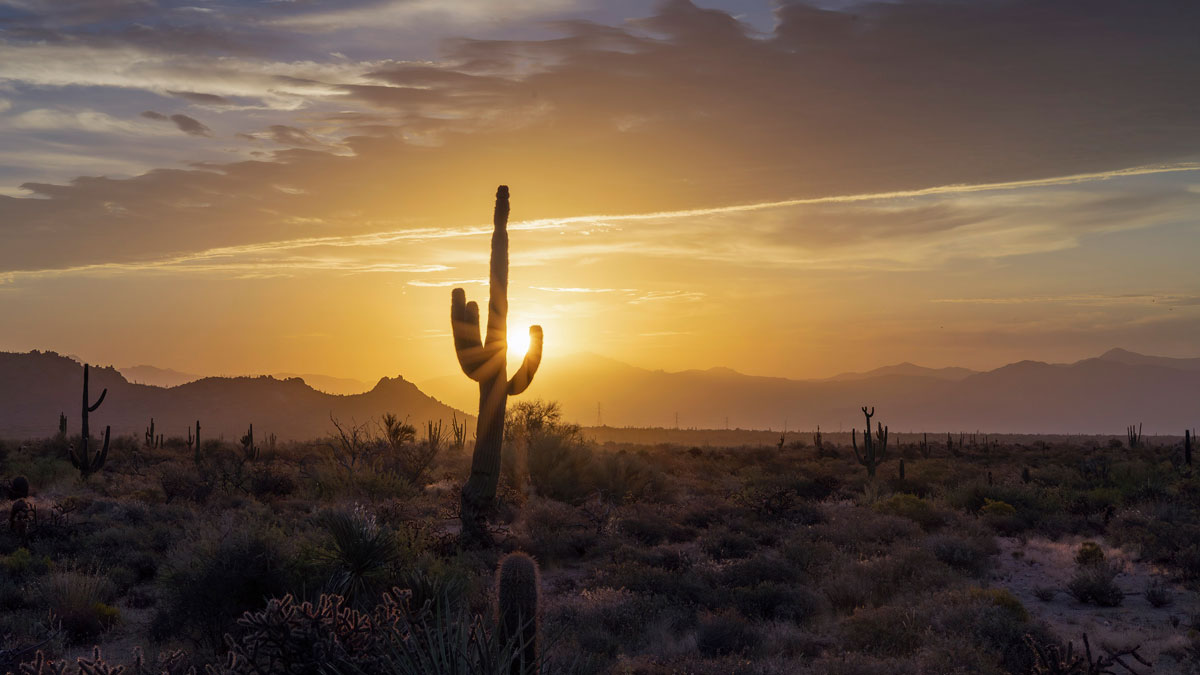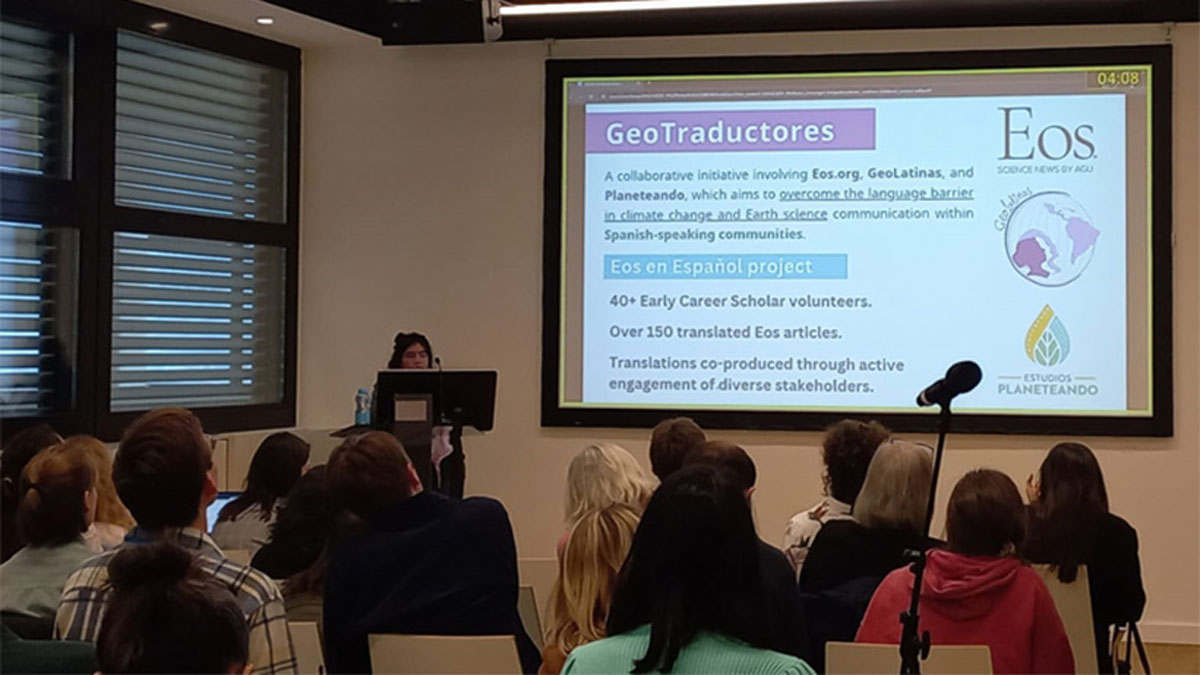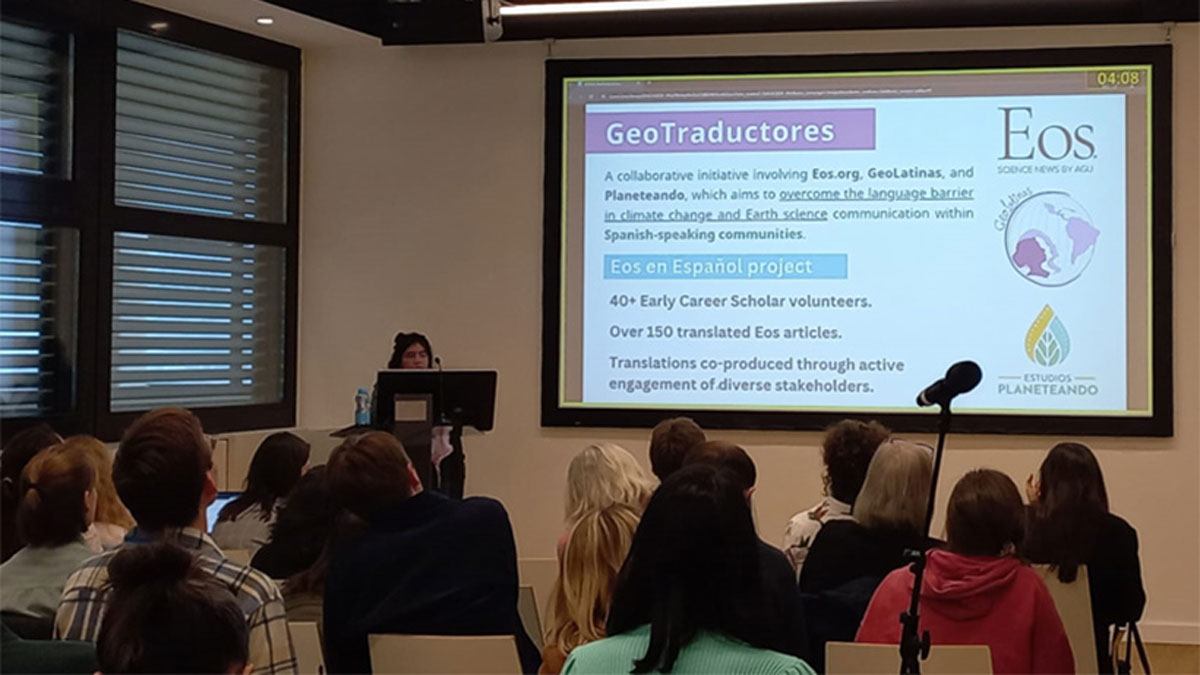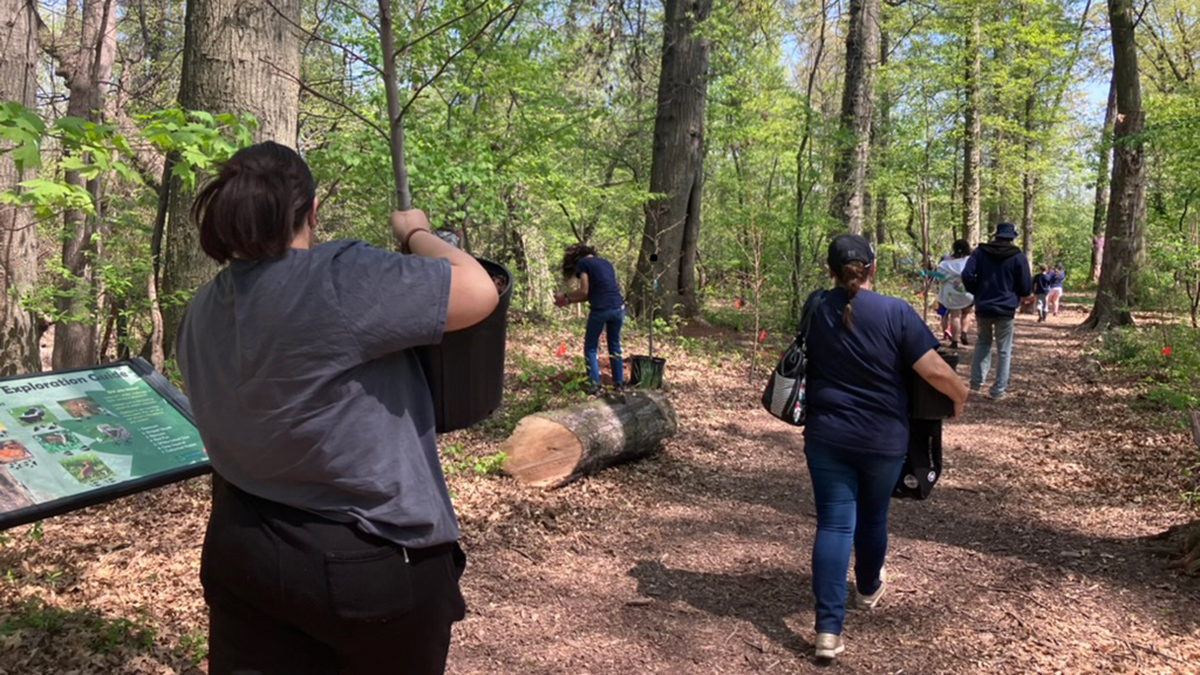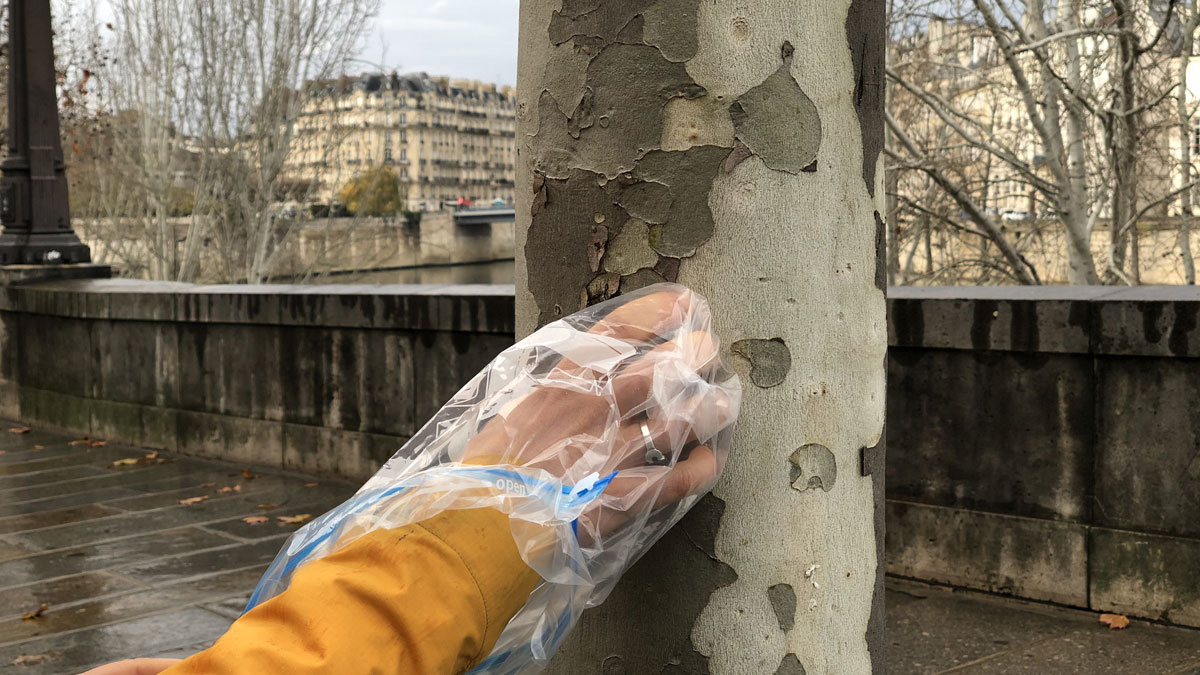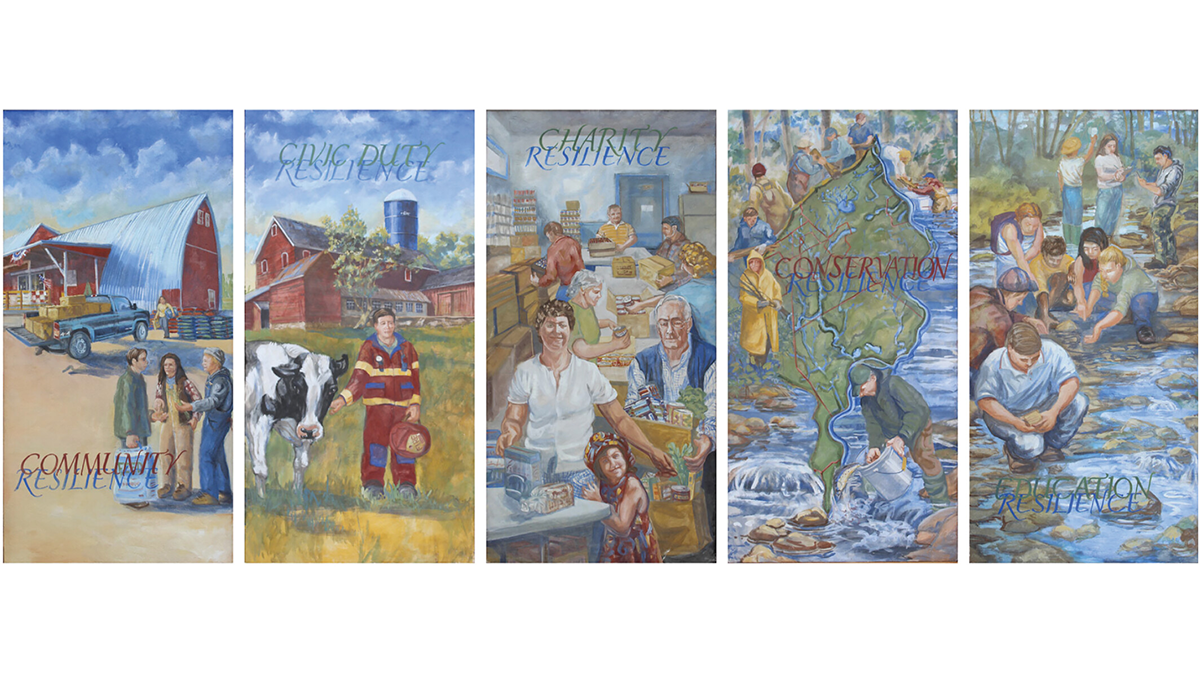Choosing the ideal location for air-conditioned cooling centers in cities facing dangerously high temperatures takes good population data and community engagement.
Community Science
GeoTraductores Democratizan la Ciencia, Una Traducción a la Vez
Una colaboración para traducir los artículos de Eos al español está generando aumentos significativos en la involucración de las comunidades latinoamericanas y otros que hablan español.
GeoTraductores Democratizes Science, One Translation at a Time
A collaboration to translate Eos articles into Spanish is yielding significant increases in engagement among Latin American and other Spanish-speaking communities.
Universities and Nonprofits Build Community Climate Resilience
A 2022 grant cycle funded partnerships between nonprofit organizations and researchers to mitigate climate hazards in underserved communities. A new study looks at lessons learned from the ventures.
Volunteers Track Parisian Pollution with the Help of Tree Bark
Participants in the Ecorc’Air project are using magnetic particles deposited on tree bark to reveal local traffic pollution patterns.
The Role of Community Conversation in Improving Air Quality
Collaboration between academic researchers and environmental justice organizations is key to mitigating emissions.
Integrating Science, Art, and Engagement to Strengthen Communities
The CREATE Resilience project is demonstrating how to engage communities to address natural risks by linking art and science.
Manila Confronts Its Plastic Problem
The Philippine capital is the latest city to address rampant plastic pollution through a community-guided protocol.
Amateur Astronomer Finds a Possible Crater on Io
The most volcanically active body in the solar system may have an impact crater, a discovery spotted by a curious nonprofessional scientist.
Collaboration Helps Overcome Challenges in Air Quality Monitoring
Everything looks ideal for collaboration: interest from community members, a new method for monitoring air quality by scientists, and interest from policymakers. What happens next?

